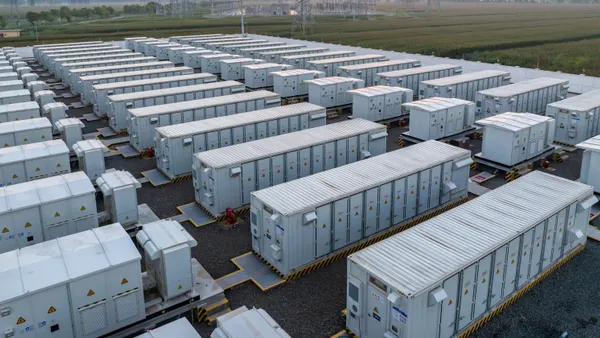The COVID-19 pandemic is transforming every industry, and energy is no exception. As people spend more time at home, residential energy demand is increasing dramatically, with peaks happening at unprecedented times of day, and utilities are limited in their ability to offer in-home customer visits to bring new solutions to consumers. This means utilities need to find new, customer-centric ways to meet program goals and help customers save during these uncertain and challenging times.
Many utilities are rising to the challenge by finding innovative ways to make smart thermostats more accessible, including combining energy efficiency, time-of-use and demand response rebates at the point of sale, and offering virtual installation assistance.
Smart thermostats are known for reducing wasted energy by not cooling and heating empty homes. Now, with much of the country working and learning remotely at home, can smart thermostats still save in this new normal?
Consumer demand for smart home products is growing rapidly during the pandemic
Research conducted by BrandSpark across the U.S. and Canada over the last few months shows that despite households tightening their budgets amid economic uncertainty, consumer demand for smart home products increased in 2020, from 31% in late March to 58% in late August.
COVID-19 Impact on Smart Home Technology (Total Market)

It's not surprising to see this growing interest in smart home products like smart thermostats during the pandemic. These automated devices provide relief from rising power bills by helping busy families seamlessly manage energy consumption to make their lives at home easier and more comfortable.
Smart thermostat optimization provides persistent savings despite the pandemic
With record-breaking heatwaves and people spending more time at home than ever, smart thermostats were truly put to the test this summer. Comparing data gathered between summer 2020 with summer 2019, a new evaluation report by Demand Side Analytics shows that the devices are keeping up.
Despite changes to routines, the study found that eco+, a free software upgrade for all ecobee smart thermostats, still delivered persistent incremental savings for customers across North America from summer 2019 to summer 2020. Demand response program impacts were also relatively consistent at 1 kW per device across both summers.
Customers who received the eco+ upgrade saved 5% more energy this summer than those who didn't and used the smart thermostat alone. This is in line with the 6% added savings they experienced with the platform last summer when work-from-home orders were unheard of.
2019 to 2020 Comparison of eco+ North American Average Energy Savings
Even customers on time-of-use rates who were most at risk of experiencing higher bills this summer with more time spent at home during the costlier peak periods were able to save. Those with eco+ time-of-use optimization enabled saved an additional 7% on their cooling costs this summer, in line with the additional 8% savings seen during summer 2019.
2019 to 2020 Comparison of eco+ Time of Use Optimization Savings

It's thanks to automated features that work in the background of everyday life to optimize energy usage that customers can save without sacrificing comfort. These features allow the device to adapt to fluctuations in indoor humidity, recommend personalized updates to match changing schedules, detect for vacancy faster, and automatically manage time-based pricing.
When surveyed about their experience, 76% of respondents in the study who observed an impact related to comfort indicated that their comfort remained the same or improved.
How would you describe the impact of eco+ on comfort in your home?

Free optimization means more claimable savings for utilities at no additional cost
This is good news for customers and utilities alike. With leading vendors now offering free thermostat optimization solutions, the industry is beginning to recognize that connected devices can improve over time and that these improvements should be valued within the context of utility programs. Utilities should be claiming the additional savings offered from free optimization solutions right now, which boosts the cost-effectiveness of smart thermostat programs. This could help utilities reach more customers with the solutions they want at a time when they especially need them. As utilities actively seek fresh approaches for today’s shifting load dynamics and tomorrow’s power system needs, smart thermostats remain an important measure in alleviating costs for customers while also enhancing grid flexibility.










